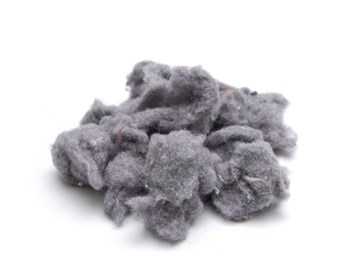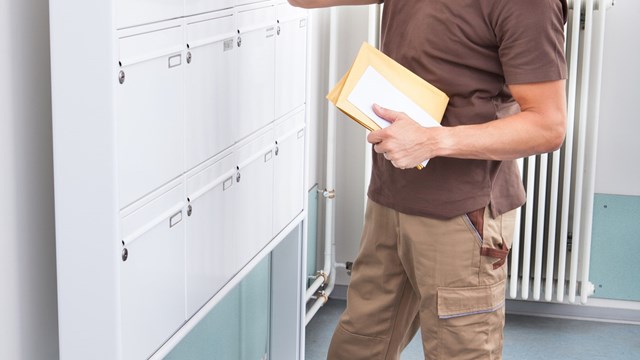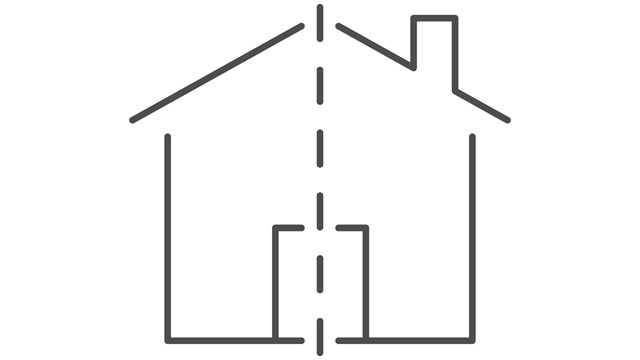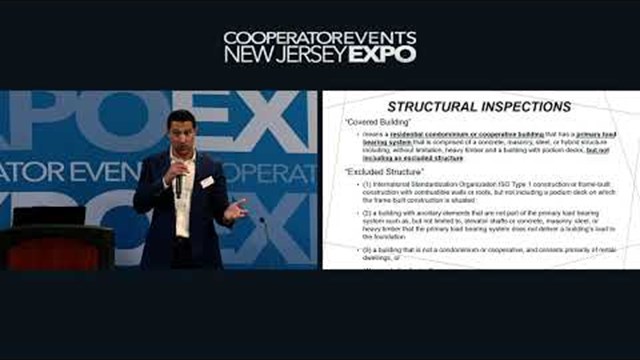
On the long list of building-related issues that multifamily boards and residents have to be concerned about, dryer lint is not likely uppermost. A leaky roof? Definitely. A boiler on the fritz in mid-January? Absolutely. But dryer lint, not so much - and that’s actually a problem, because when allowed to accumulate in heavily-used machines, it can cause fires, and the resulting liability creates a potentially dangerous situation.
The Circumstances
Recently, a shareholder in a luxury high-rise co-op building on the Upper East Side of Manhattan emailed CooperatorNews requesting advice on responsibility and liability around the upkeep and maintenance of her building’s laundry room. Concerned about the accumulation of lint in the dryers, she’d written to her managing agent to make them aware of the potential fire hazard the build-up represented. She also mentioned it to a board member. Appalled at the sheer volume of fluff, she was cleaning out the prior user’s lint as well as her own before it became a fire hazard. She also contacted the laundry supply company who supplied and leased the dryers to the building, only to be told that day-to-day upkeep is not their responsibility. She asked if perhaps the laundry supplier could put up an additional sign saying something like BEWARE: FIRE HAZARD IF….but to no avail. The company reiterated that it’s not their jurisdiction, and suggested the building put up their own signs.
The question is then, whose responsibility is it to maintain leased laundry equipment in a multifamily setting - and who bears the liability if that maintenance isn’t carried out, and something bad happens as a result?
The Legal View
The quickest way to determine the answers to those questions is to check with your building or HOA’s legal counsel. Statutes differ from state to state, but generally cleave to similar contours, say legal pros in New York and New Jersey.
“The co-op or condominium that leases the space should be responsible for ensuring that appropriate warning signs are present,” says Mark Hakim, an attorney with Schwartz Sladkus Reich Atlas Greenberg, located in Manhattan. “That should be the case regardless of whether the contract between the laundry company and the building requires the laundry company to display it. If that were the case, you would merely be enforcing a possible indemnity clause in the agreement.”
“The end-user of the laundry machine may ultimately be responsible by virtue of a sign and requirements that the end users clean out the lint and use the machines as intended,” continues Hakim. “However, given that there are many users and it would be difficult to assess who may be responsible, and using a cost-benefit analysis, ultimately given that courts may not necessarily enforce this broad waiver and disclaimer of liability, we advise our clients that they should be ensuring that the equipment is safe to use and in working order on a daily basis.”
According to Michael Simone, principal of The Simone Law Firm in Cinnaminson, New Jersey, “The entity that provides the machines should be responsible for the removal of lint. If there was an issue for the machine, there would be liability. Once the association is put on notice that the lint is their problem, they could have liability if they don’t address that issue in a timely fashion. Putting up a sign would address the issue [by giving reasonable notice]. A key part of the responsibility and liability issue is what ‘reasonable’ means. Reasonable notice means what would an ordinary, reasonable person do in this situation or a similar situation? That includes notifying others in a timely manner, posting, and how to address the issue once made aware of the issue. There’s no set time frame in which this must be done; it considers the unique circumstances of each situation. There are some homeowners who will say we should have a lint collector and check every day. That's not practical, but if there’s a person tidying the laundry, or sweeping for instance, have them check. Put up a notice, or advise residents in a newsletter etc., All reasonable measures are acceptable, but a dedicated lint collector might be too much.”
Into every dryer trap, a little lint must fall - to paraphrase a well-worn adage - but what happens to it after that is something that boards need to consider, for the sake of both safety and liability.









Leave a Comment